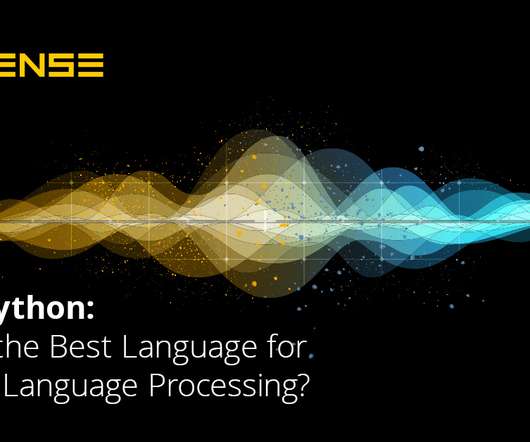R vs Python: What’s the Best Language for Natural Language Processing?
Sisense
APRIL 10, 2020
In Talking Data , we delve into the rapidly evolving worlds of Natural Language Processing and Generation. Text data is proliferating at a staggering rate, and only advanced coding languages like Python and R will be able to pull insights out of these datasets at scale. Every library has its own purpose and benefits.




















Let's personalize your content